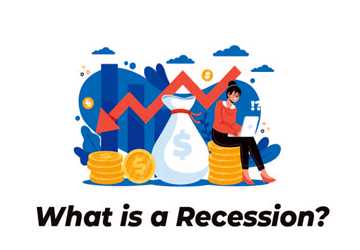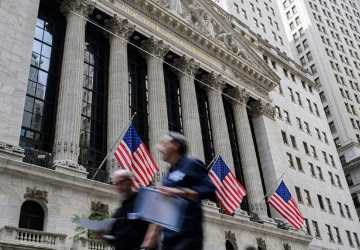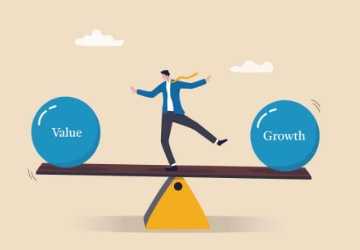The Role of the 1987 Stock Market Crash in Modern Trading
Author: sana
Do you remember hearing about the stock market crash that startled the world on October 19, 1987? The stock markets tumbled, and investors saw their paper wealth vanish in front of their eyes.
This day will go down in history infamously as Black Monday, which altered the game for good. It was as devastating as a tsunami that erased wealth and destroyed hopes.
Panic engulfed Wall Street, and the same feeling was evident in different parts of the world. No one saw it coming or knew where it would lead.
Black Monday's events changed the paradigm of the markets as they are seen today. It made us redesign risk, prompted new legislation, and gave rise to fresh instruments.
This article will discuss how certain aspects of the 1987 trading floor are still present in today's trading floors. We shall establish how the investment world changed and what it holds in store for investors today from that one day.
So keep reading to learn more!
Lessons From Black Monday
The 1987 crash combined a financial disaster and a wake-up call for Wall Street, which is still heard today. It is time to focus on the significant lessons learned after Black Monday and how they changed the face of trading.
They have become the fundamentals of modern market operations, paving the way for technologies and regulations.
1. Introduction of Circuit Breakers
In the 1987 crash, it was realized that the market required a 'pause button'. Ladies and gentlemen, meet circuit breakers—the financial world's timeout. These tools come into play when stocks have made deep falls to prevent further freefalls.
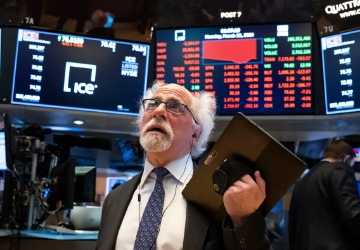
This breather affords everyone a platform to breathe and find some sanity. It is the same as interrupting a scary movie and getting an opportunity to recall that it is only a movie and get hold of oneself.
Indeed, circuit breakers have been of immense help in minimizing cases of panic.
2. Enhanced Risk Management
Black Monday was the cold shower for better risk management. Now, the large players frequently use stress tests for their portfolios. It is usually like a fire drill for your money; you want to know how it will fare when things become hot.
Diversification also received a significant fillip. Business people realized they should invest only some of their money in one business. They diversified their risks in these investments, believing that if one fails, the others shall pull through.
3. Technological Advancements
Technology helped trigger a revolution in trading. High-frequency trading systems arrived on the scene and traded at speeds you could hardly bat an eyelid. It is as if you have gone from cycling to driving a sports car; everything is much faster now.
Algorithmic trading also began, using speed and mathematical algorithms to look for patterns. Therefore, those with great power should bear greater responsibility.
Unfortunately, these high-speed systems must be babysatted constantly to ensure they do not destabilize.
4. Regulatory Reforms
Regulators began to examine the market more closely after '87, like a parental figure at a rebellious teenager's party. This watchdog approach helps check those up to no good before they can cause too much mayhem.
Transparency also received a boost. Now, companies and traders have to show more of their cards, which is why it is essential to develop a good strategy.
One cannot easily fraud or manipulate a company's financial statements. This openness assists investors in making wiser decisions with their well-earned money.
5. Global Coordination
The crash proved to people that financial problems only sometimes stay within borders. When markets start to wobble, financial gurus from all over the world can gather in one place.
It is like a fire brigade of global finance, always ready to extinguish fires that may erupt in the markets.
Regulators and banking institutions also improve their communication channels to get in sync quickly when the going gets challenging. Sometimes, people feel they have personal access to the leading players in the financial world.
6. Investor Education
After this incident, some attempts were made to make the investors smarter. In other words, it is a financial martial art. They were introduced to market risks and ways to avoid unpleasant surprises.
New tools and resources have emerged to help people make better financial decisions. They provide investors with a financial compass to guide them through the stock market's complex and winding roads.
7. Evolution of Financial Instruments
This led to a rise in new financial tools on the market. Derivatives turned out to be the 'it' thing that enabled investors to protect themselves from potential changes in the market.
It is as if it is protecting your investment like an insurance policy; you do not want it, but it is helpful to have it.
ETFs also became popular because they allowed one to buy a whole pile of stocks at once. This is like taking several packets of snacks rather than risking the entire bag on a single flavour.
ETFs also assist in diversification and have become very popular with both large and small investors.
Embrace Lessons from the Past
Be aware when history calls your number. The 1987 crash wasn't minor; it's a prime example of market dynamics. So, what's your move?
First, boost your risk management. Diversify and stress-test your portfolio. That's how you buckle up in the stock market. Next, anticipate regulatory changes and be prepared. As realities evolve, so must the rules governing your investments.
Lastly, ride the technology wave. Use tools that give you an edge, but don't become overly reliant on them.
Remember, those who don't know history are doomed to repeat it. Learn these lessons, and you'll be ready for whatever the market throws. Your future self will thank you for being prepared.
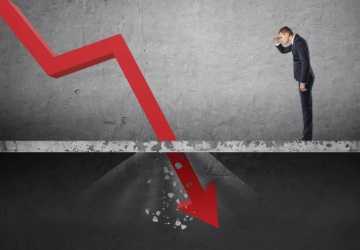
Frequently Asked Questions
Q: What caused the 1987 stock market crash?
Ans: There is no single culprit here. It was a debacle of computerized stock trading, over-trading, and plain old panic. Once the dominos started, they began to topple immediately and continuously.
Q: What are circuit breakers in trading?
Ans: It is helpful to consider the market's emergency brakes. Circuit breakers are used when stock prices fall too steep to prevent further declines. It is like giving everyone a break and time to think before things get worse and out of control.
Q: How has technology changed trading since 1987?
Ans: It is like comparing the old-fashioned telephone with a modern-day Android or iPhone. Trading is fast and sometimes even fully automated in the contemporary world. Computers handle the calculations and execute trades in minutes, thus increasing efficiency and complexity.
